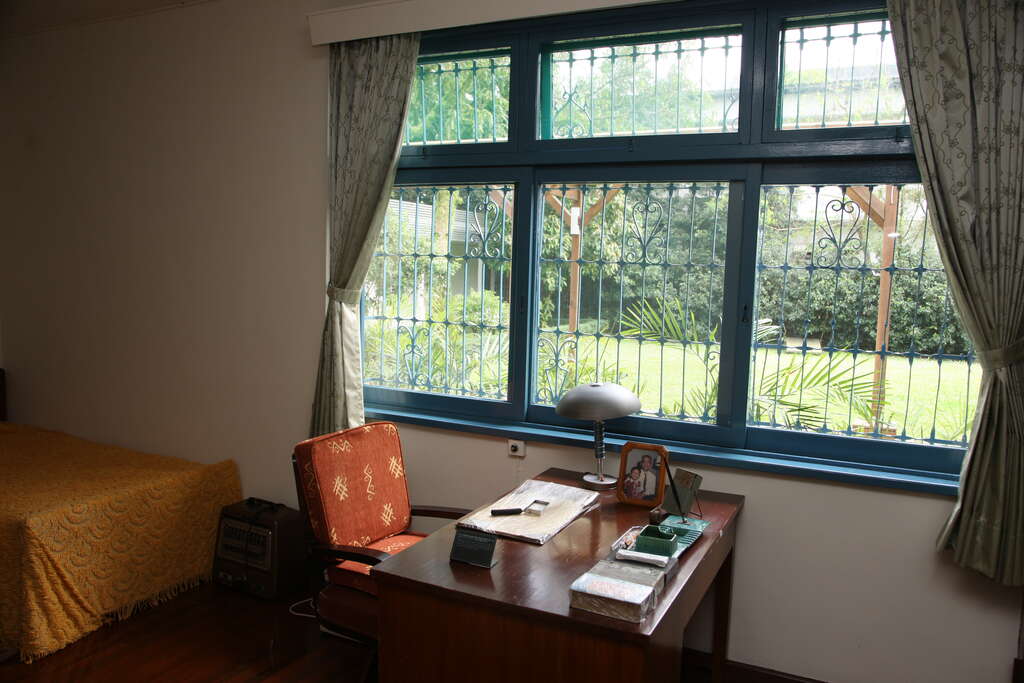Hu Shih Memorial Museum Introduction
Hu Shi was a pioneer of liberalism, influenced by Huxley and Dewey, claiming that Huxley taught him how to doubt, while Mr. Dewey taught him how to think. Throughout his life, he advocated for the scholarly methods of "bold hypotheses, careful verification" and "every statement must have evidence." He held various positions such as Ambassador to the United States, President of Peking University, and President of the Academia Sinica. The Hu Shi Memorial Museum was originally his residence in Nangang when he returned to Taiwan to serve as the President of the Academia Sinica (1958-1962). After Mr. Hu Shi passed away on February 24, 1962, the Academia Sinica's administrative meeting approved that "Mr. Hu Shi's former residence be completely used as the Hu Shi Memorial Museum," and immediately set up the "Hu Shi Memorial Museum Management Committee." The Hu Shi Memorial Museum was officially established on December 10 of the same year and was reaffiliated with the Institute of Modern History in January 1998. The museum consists of three parts: first, Mr. Hu Shi's former residence in Nangang, which was his home during his later years when he served as President of the Academia Sinica (1958-1962), now known as the Taipei Hu Shi Former Residence. The architecture, corridors, and furnishings largely retain the original appearance of his living environment. Second is the exhibition room, constructed in 1964 with a donation from C. V. Starr of the American Insurance Company, displaying Mr. Hu Shi's works, manuscripts, photographs, relics, and memorials, along with documentaries about Hu Shi in Taiwan. The third part is the Hu Shi Cemetery, which was expanded to become "Hu Shi Park" in 1974. The park features sloping hills with winding paths and lush shade, providing a serene mountain forest scenery. Since its opening, many visitors from both domestic and foreign have come to pay their respects at the cemetery, enjoying the scenic beauty of the area.






















